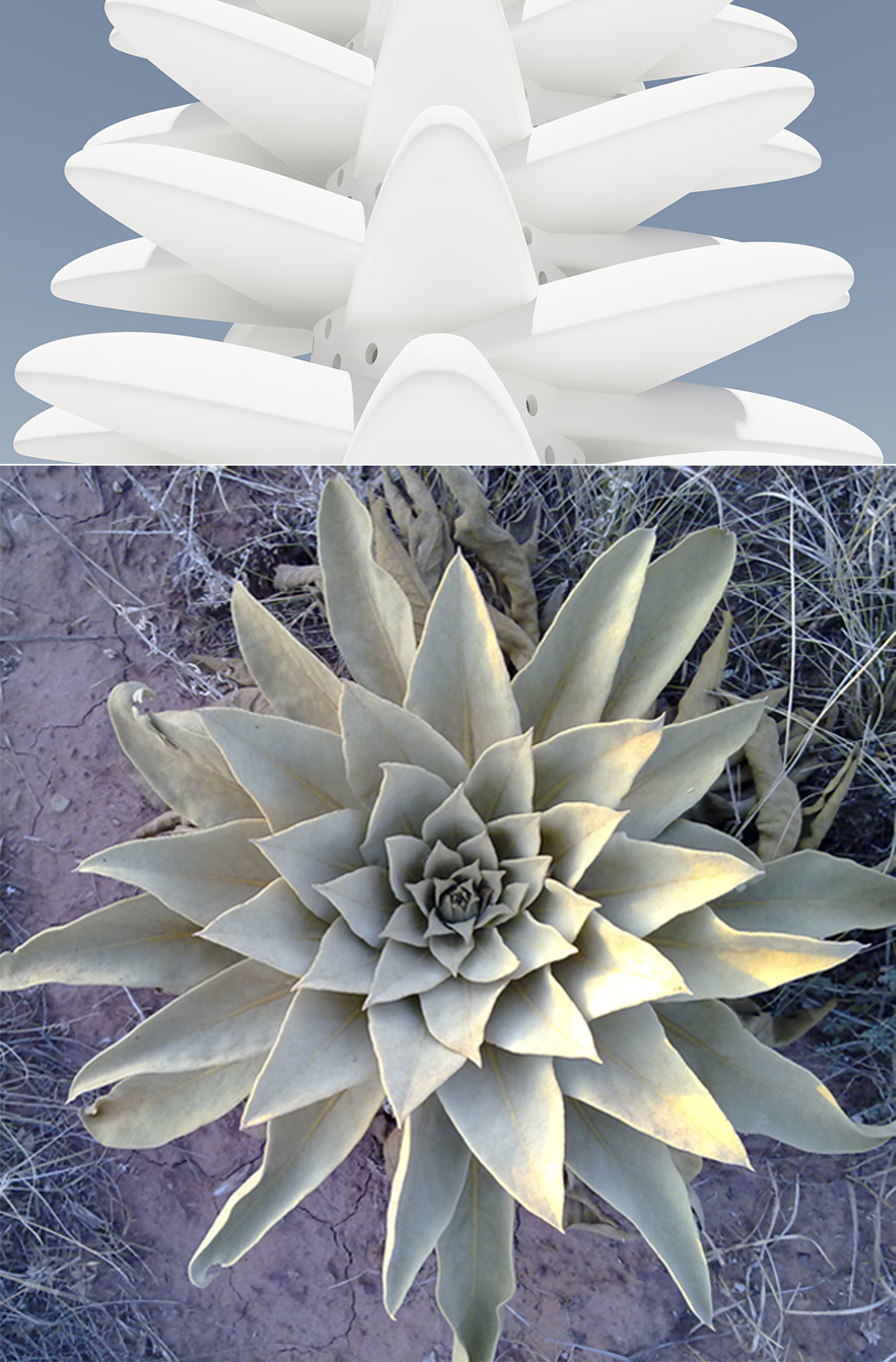
Innovation In Nature: 4 Incredible Technologies & Products That Take Inspiration From The Wild
Innovation In Nature: 4 Incredible Technologies & Products That Take Inspiration From The Wild
As human beings, we constantly try to improve our lives through innovation and technology. However, have you stopped thinking about how much we can learn from nature? In this article, we will look at four incredible products and technologies that take inspiration from the natural world, proving that sometimes the best ideas come from Mother Nature!
Introduction to Nature-Inspired Technologies & Products
Nature is one of the most powerful forces on Earth and has inspired humans for centuries. We have always looked at nature for inspiration, and in recent years, there has been a surge in nature-inspired technologies and products.
Nature is a great source of inspiration for many reasons. First, nature is highly efficient. Every organism has evolved to be perfectly adapted to its environment, and as a result, they are extremely efficient in doing what they need to do to survive. This efficiency has inspired many technologies, including solar panels and wind turbines.
Second, nature is extremely resilient. ecosystems have been able to recover from catastrophic events, such as wildfires and hurricanes, because the organisms within them are adapted to deal with disturbances. This Resilience of Nature has inspired architects and engineers to design more resilient buildings and infrastructures.
Third, nature is considered beautiful. The colors, patterns, and shapes that we see in nature are often stunning, and can inspire us to create products that are both functional and aesthetically pleasing.
Fourth, nature is changing constantly. New species are being discovered every day, and new insights into how ecosystems work are gained. This change can inspire us to create technologies that are flexible and adaptable.
Finally, nature is full of mysteries. There are still many things that we do not understand regarding the natural world, which can inspire us to continue exploring and learning about it.
Example 1: Biomimicry and Harnessing Solar Energy
In nature, many organisms have adapted to their environments to survive. One example is the way in which some plants have evolved to harness solar energy. These plants have developed leaves that can absorb sunlight and convert it into energy that can be used by plants. This process is referred to as photosynthesis.
Scientists have studied these plants to develop new technologies that can mimic their ability to harness solar energy. One such example is the new type of solar panel developed by a company called Solexel. This solar panel is composed of tiny cells that can absorb sunlight and convert it into electricity. The panel is also very thin and flexible, meaning it can be used in a variety of ways, including on the sides of buildings or even on clothes.
This is just one example of how biomimicry is used to develop new and innovative technologies. By studying nature, we can learn so much about how to create things that work better and are more sustainable.
Example 2: Artificial Intelligence for Conservation
Artificial intelligence (AI) is already being used in several different ways to help conserve natural resources and protect wildlife. There are a few examples this of.
1. AI has been used to track and protect endangered animals.
2. AI is being used to create early warning systems for natural disasters such as wildfires, floods, and earthquakes.
3. AI is being used to assist with environmental cleanup efforts, such as identifying and cleaning up oil spills.
4. AI is also being used to develop sustainable energy sources such as solar and wind power.
5. Finally, AI was used to help fight illegal wildlife trafficking and poaching.
Example 3: Using Biology for Clean Water Production
In many parts of the world, clean water is a scarce resource. In some areas, it is necessary to purify the water before it can be used for drinking or irrigation. There are several ways to purify water, but one of the most efficient methods is biology.
There are several different ways of using biology to purify water. One method is to use bacteria to consume contaminants in water. This process is known as bioremediation. Another way to use biology for clean water production is to use plants that naturally filter impurities. These plants are often used in constructed wetlands.
Using biology to purify water is an effective and sustainable way to provide clean water to people and ecosystems.
Example 4: Sustainable Packaging Materials from Natural Sources
As an increasing number of consumers become interested in sustainable packaging, companies are beginning to search for materials sourced from natural sources. One such example is the use of sustainable forestry products to create packaging materials. By sourcing wood fiber from sustainably managed forests, companies can create packaging materials that are strong and durable while also being eco-friendly.
Another example of sustainable packaging materials is plant sources. Cellulose, which is derived from plants, can be used to create a variety of packaging materials, including paperboards and molded fibers. These types of materials are not only sustainable but also biodegradable and compostable.
Another option for sustainable packaging materials is to use waste products from other industries. By repurposing waste products, companies can reduce their environmental impact and create packaging materials that are suitable for the planet.
Conclusion
Innovation in nature shows us that, by taking inspiration from the wild, we can make incredible advances in technology and products. From biomimicry to bio-inspired engineering, there are many ways to learn from the natural world and create something truly remarkable. We hope that this article has inspired you to think of how you can use innovation in nature for your own unique inventions or ideas. With little creativity, anything is possible.
STAY IN THE LOOP
Subscribe to our free newsletter.





